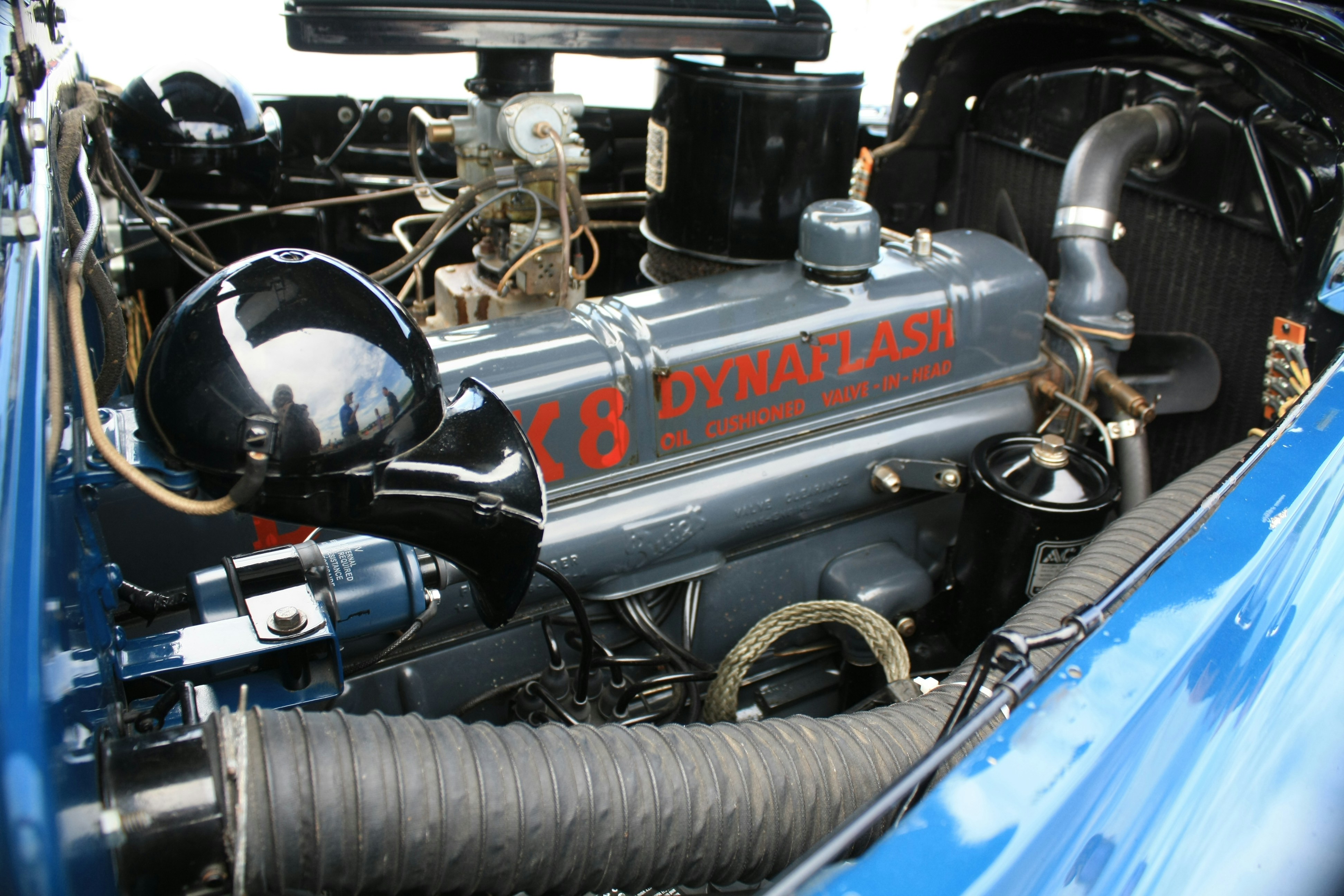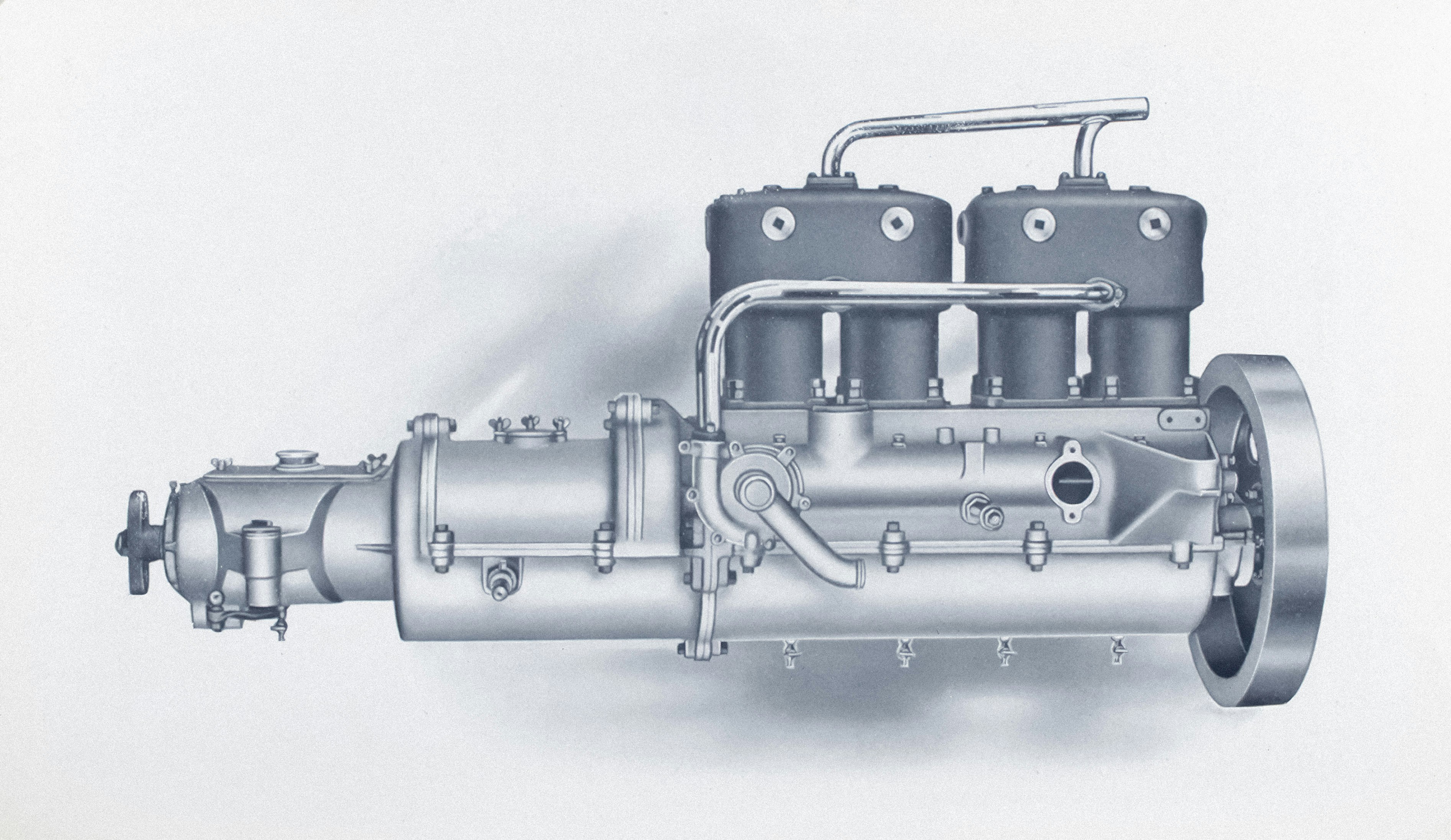Choosing Between AC and DC Motors
Electric motors are essential in various industries, and selecting the right type is critical for efficiency and performance. The two main categories—AC (Alternating Current) and DC (Direct Current) motors—each have their unique advantages and use cases.
⚡ What Are AC Motors?
AC motors are powered by alternating current and are commonly used in industrial, commercial, and residential applications.
Types of AC Motors
- Synchronous motors : Operate at constant speed regardless of load.
- Induction motors : Most commonly used due to robustness and simplicity.
Pros of AC Motors
- Lower maintenance cost
- Widely available
- Long service life
Cons
- Require complex speed control (needs VFD)
- Larger starting current
🔋 What Are DC Motors?
DC motors are powered by direct current and are widely used in automotive, robotics, and small devices.
Types of DC Motors
- Brushed DC motors
- Brushless DC motors (BLDC)
Pros of DC Motors
- High starting torque
- Simple speed control
- Compact size
Cons
- Brush wear in brushed motors
- More maintenance for some models
🛠 Key Selection Factors
| Factor | AC Motor | DC Motor |
|---|---|---|
| Cost | Lower (especially for large) | Higher |
| Control | Requires VFD | Easy with variable voltage |
| Torque | Moderate | High starting torque |
| Maintenance | Low (esp. induction motors) | Medium to high |
| Size | Bulky | More compact |
🚘 Application Examples
- AC Motors : HVAC systems, pumps, industrial drives
- DC Motors : Electric vehicles, drones, CNC machines
✅ Conclusion
Choose AC motors for high power and fixed speed needs; choose DC motors for precision, variable speed, or compact solutions. The right choice will balance cost, efficiency, and functional requirements.


